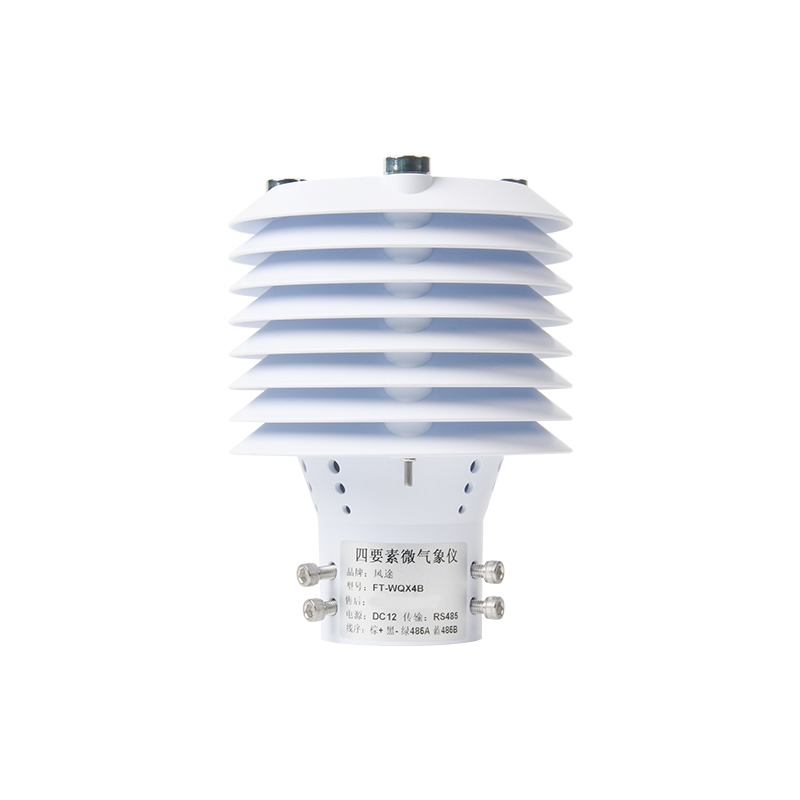Tianyi Sensor IOT Technology Co., Ltd
Sales Manager:Ms. Emily Wang
Cel,Whatsapp,Wechat:+86 15898932201
Email:info@fengtutec.com
Add:No. 155 Optoelectronic Industry Accelerator, Gaoxin District, Weifang, Shandong, China

Sales Manager:Ms. Emily Wang
Cel,Whatsapp,Wechat:+86 15898932201
Email:info@fengtutec.com
Add:No. 155 Optoelectronic Industry Accelerator, Gaoxin District, Weifang, Shandong, China
time:2025-07-30 08:55:38 source:Weather Station viewed:159 time
To achieve efficient crop production in greenhouses, it is essential to precisely control key environmental factors:
Temperature: Different crops have specific optimal temperature ranges. Excessively high or low temperatures can hinder their growth.
Air humidity: Too high air humidity easily triggers diseases, while too low humidity leads to imbalanced crop transpiration.
Soil moisture: It determines root development and water supply, with most vegetables thriving in a humidity range of 60%-80%.
Light: As the energy source for photosynthesis, it directly affects crop yield and quality.
Carbon dioxide concentration: It is related to photosynthetic efficiency, and a reasonable concentration can promote crop growth.
Agriculture Sensors are integrated environmental monitoring devices capable of simultaneously monitoring multiple indicators. The air temperature module can real-time track temperature changes in the greenhouse, enabling growers to activate temperature control equipment promptly and keep crops in a suitable temperature environment.
The air humidity module is sensitive to humidity changes. When humidity exceeds the appropriate range, it can link with ventilation or humidification equipment to maintain stable humidity and reduce the occurrence of diseases.
The illuminance module can accurately measure light intensity. For light-loving crops such as roses, it can connect with supplementary lighting or shading equipment to ensure the normal progress of photosynthesis.
The carbon dioxide module monitors the concentration in the greenhouse in real-time. When the concentration is insufficient, it supplements gas fertilizers; when it is too high, it facilitates ventilation, creating a suitable gas environment for crops.
These integrated sensors provide growers with precise environmental data, transforming agricultural production from experience-based management to scientific regulation and contributing to the efficient development of greenhouse agriculture.

The measurement of wind speed and direction is of great importance in many fields, such as weather forecasting, high - speed railways, wind power generation, industrial and agricultural production, and scientific research.In the traditional meteorological field, the measurement of wind speed and dir...
Debris flow is a common sudden geological disaster in mountainous areas. Triggered by heavy rains and melting snow and ice, it carries a large amount of solid materials such as sediment and rocks, flowing rapidly with strong impact force and a wide range of destruction. It often causes severe damage...
Nowadays, the demand for meteorological monitoring is no longer limited to fixed locations. In scenarios such as field scientific research, emergency rescue and disaster relief, and temporary event venues, people urgently need a means to obtain meteorological data at any time. As a result, the Porta...
As a convenient and efficient meteorological monitoring device, the performance improvement of the Portable Weather Station is closely related to the application of new ultrasonic sensors.The Portable Weather Station features small size, portability, easy installation and operation, enabling meteoro...